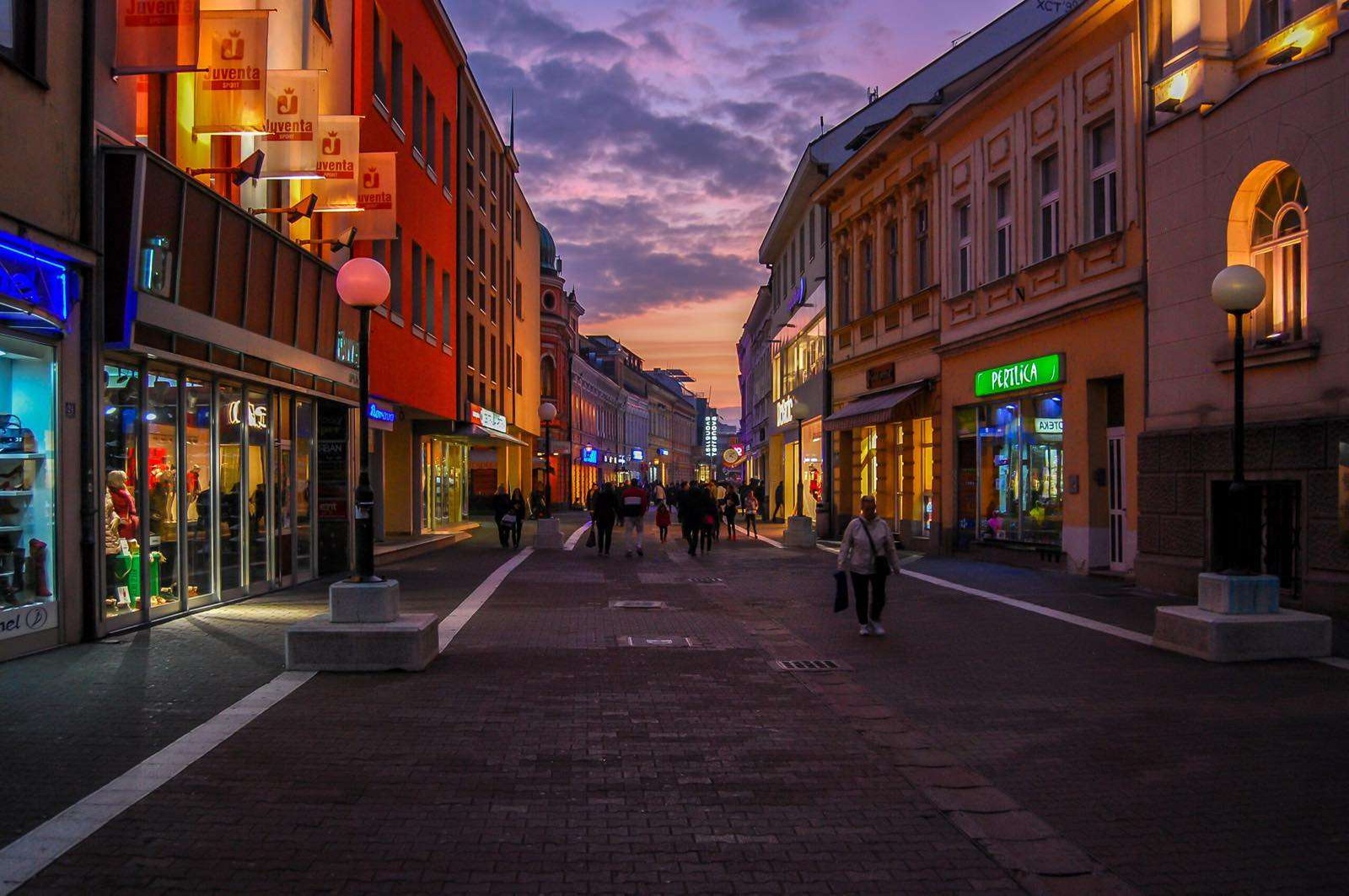
Description
Banja Luka offers the perfect introduction to Bosnia's heritage and charm.
Discover the city with a local guide on a tour of the most important historical and cultural sights, such as the Kastel Fortress, the famous Gospodska Street, old railway stations, Banski Dvor, and much more.
Hear the story of Safikada, Banja Luka’s version of Romeo and Juliet. Learn about the buildings from the Ottoman era, what the Austrian Empire brought to this region, and who Petar Kočić was—one of the role models for Nobel Prize-winning writer Ivo Andrić.
Also, explore the famous Zmijanje embroidery, which is included in the UNESCO Representative List of the Intangible Cultural Heritage of Humanity.
Back in Roman times, an important trade route passed through here, connecting the coastal city of Salona—the ancient metropolis of the Roman province of Dalmatia, near present-day Split—to Serbitium, today's Gradiška on the Sava River. Evidence of this is the Roman milestone located within the fortress. One of the towers houses a museum exhibit about important events that took place in the fortress and its surroundings.
Look from the fortress walls toward the Vrbas River and listen to the story of a young girl. Legend has it that a young and beautiful girl from Banja Luka, named Safikada, fell in love with a tall Austro-Hungarian soldier who stood guard on the walls of the Kaštel fortress.
The day came when her chosen one had to leave with the army. At their farewell, the young couple pledged eternal love and loyalty until death. Soon after, she heard news of his death, and one day, she decided their love should pass into eternity.
Safikada, throwing herself in front of the cannon that fired at noon from Kaštel, cried out: "I am faithful to you until the grave!" Her lifeless body fell at the site of today’s memorial, where even today, couples in love light candles for love.
Ferhadija Mosque, a gem of Ottoman architectural art from the 16th century, was built when Ferhat Pasha Sokolović, with the arrival of the new administration, established a new center of the city.
Then, the walk leads to Krajina Square, and further through Gospodska Street to today’s city center, built in the 1930s. This area includes some of the city’s most important buildings, such as the Banski Dvor (Governor’s Palace), Ban's Administration, the Palace of the Republic, and the Orthodox Cathedral of Christ the Savior.
Today’s Archive building was constructed as the Military Command building following the Austro-Hungarian occupation of Bosnia and Herzegovina in 1878–1880.
The Cathedral of Saint Bonaventure—the new cathedral—was built between 1972 and 1973 in a modern style, shaped like a tent. This design symbolizes the Old Testament tent as a place of prayer and offering to God, as well as the suffering of local believers who, after an earthquake, had to live under tents for a long time.
Gallery


🌟 Tour Highlights
Kastel Fortress Walk
Explore the city’s oldest landmark on the banks of the Vrbas River.
Ferhadija Mosque Visit
Admire 16th-century Ottoman architecture and cultural heritage.
Safikada’s Love Story
Hear the legend of forbidden love – Banja Luka’s own Romeo & Juliet.
Petar Kočić & Ivo Andrić
Discover how a local writer inspired Bosnia’s only Nobel laureate.
Zmijanje Embroidery
Explore this UNESCO-listed folk art unique to the region.
High Treason Trial
Learn about the WWI-era case that put Banja Luka in the European spotlight.
Vrbas Banovina Era
Step into royal Yugoslavia’s legacy through architecture and stories.
1969 Earthquake Memory
See how the city rebuilt after its most powerful natural disaster.
Local Expert Guide
Enjoy rich stories, history, and personal insights from a passionate local.
